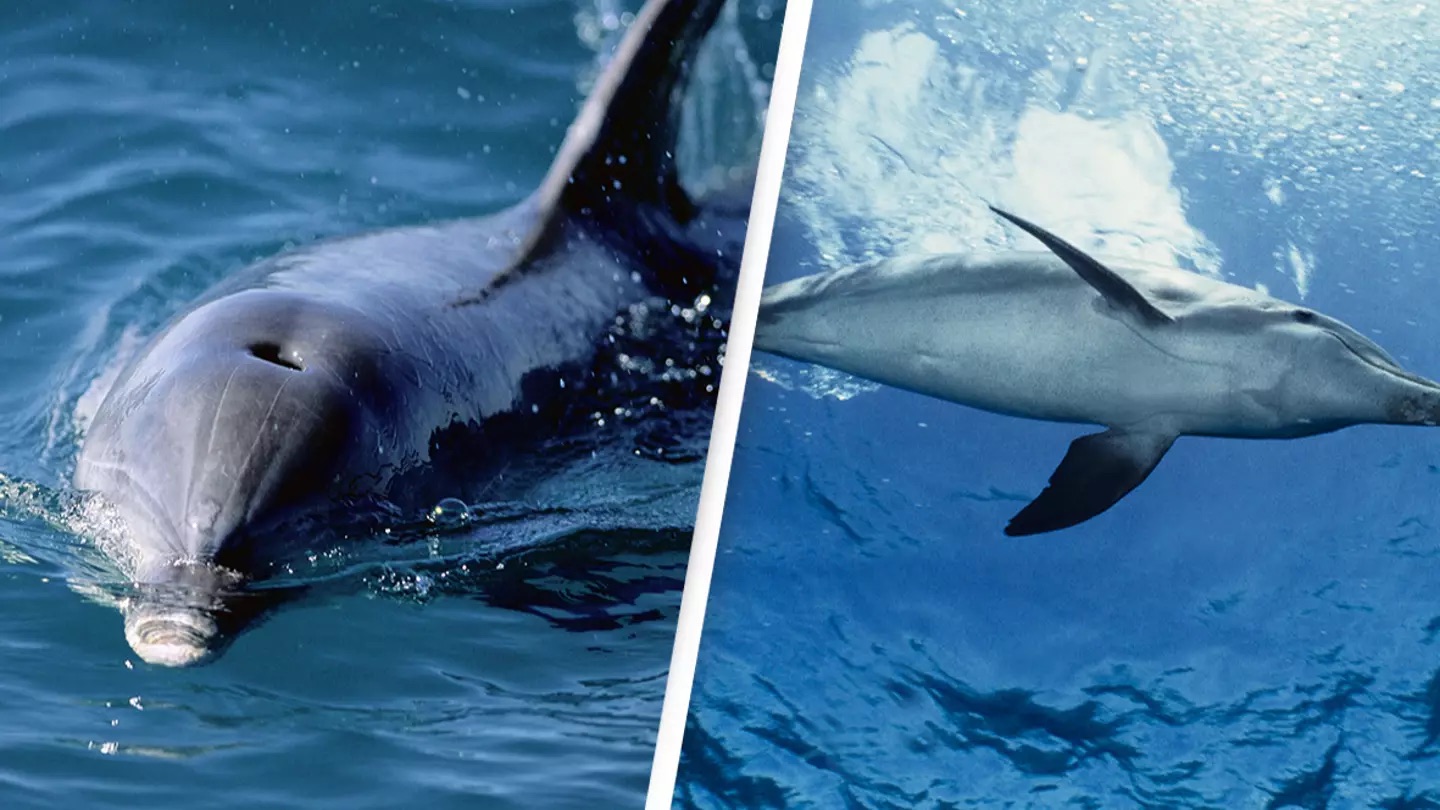A man feared for his life after being attacked by a ‘s*xually frustrated dolphin’ while swimming in the sea. In Fukui, Japan, a single dolphin reportedly attacked 21 people over the summer, with some suffering broken bones. This has been happening annually since 2022, according to local reports.
One victim, Takuma Goto, recounted his experience, explaining the possible reasons behind the dolphin’s aggressive behavior. He was swimming with a friend when the attack occurred. Despite dolphin attacks on humans being rare, Takuma wasn’t initially worried. However, the dolphin suddenly targeted his friend. When Takuma turned to help, the dolphin redirected its aggression towards him. He told The Telegraph, “I knew it wasn’t a shark, but it came straight at me. It kept attacking, and I truly thought I was going to die, fearing it would drag me underwater.”
A surfer eventually helped Takuma escape the dolphin, allowing him to treat his wounds on the beach. He described the injury to his finger as severe, requiring five stitches, and also suffered bites on his left wrist, forearm, right hand, and upper arm.
Experts believe the male dolphin may be lonely or sexually frustrated. Indo-Pacific bottlenose dolphins typically live in pods, forming close male partnerships that involve behaviors like biting and genital pressing. Ryoichi Matsubara, director of Echizen Matsushima Aquarium in Fukui, told The New York Times that the dolphin had been seen pressing its genitals against people in previous years, suggesting attempts to socialize.
Despite this, Takuma has no plans to return to the area. Some researchers believe the dolphin may be seeking a mate. Simon Allen, a principal investigator at the Shark Bay Dolphin Research Project in Australia, told BBC News that hormonal changes, sexual frustration, or dominance could drive the dolphin to injure humans, given their strength.
In response, Fukui authorities have advised beachgoers not to interact with the dolphin, placed warning signs, and set up lifeguard patrols. Swimming hours have also been limited, and acoustic devices installed to deter dolphins by emitting high-frequency sounds.
